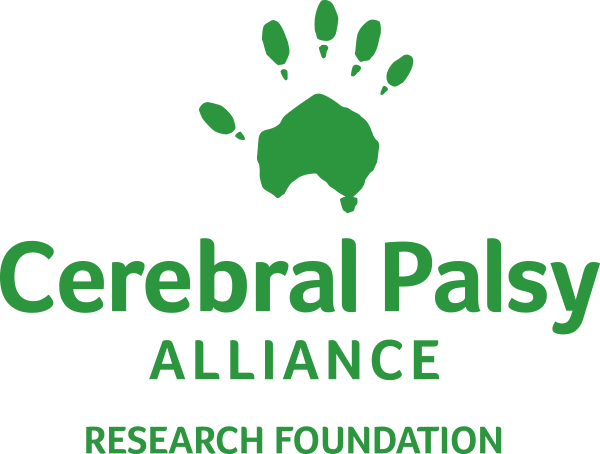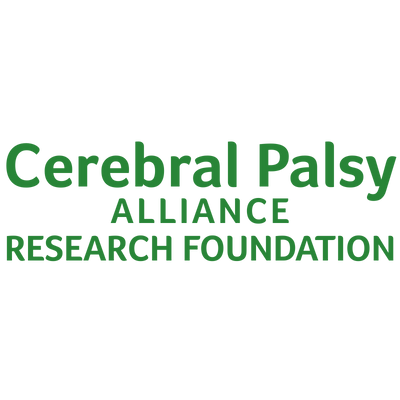The ability of children from 4 – 18 years old with cerebral palsy to handle objects in everyday activities can be categorised into 5 levels using the Manual Ability Classification System (MACS).
Knowing a child’s MACS level can help parents, teachers and others to understand in which situations a child is independent and the extent to which they need support or adaptations.
MACS level is determined based on knowledge about the child’s actual performance in daily life. It is not done by conducting a specific assessment, but by asking someone who knows the child and how that child performs typically. MACS is based on the use of both hands in activities, not an assessment of each hand separately.
MACS levels
- Handles objects easily and successfully. At most, limitations in the ease of performing manual tasks requiring speedand accuracy. However, any limitations in manual abilities do not restrict independence in daily activities.
- Handles most objects but with somewhat reduced quality and/or speed of achievement – Certain activities may be avoided or be achieved with some difficulty; alternative ways of performance might be used but manual abilities do not usually restrict independence in daily activities.
- Handles objects with difficulty; needs help to prepare and/or modify activities – The performance is slow and achieved with limited success regarding quality and quantity. Activities are performed independently if they have been set up or adapted.
- Handles a limited selection of easily managed objects in adapted situations – Performs parts of activities with effort and with limited success. Requires continuous support and assistance and/or adapted equipment, for even partial achievement of the activity.
- Does not handle objects and has severely limited ability to perform even simple actions. – Requires total assistance.

